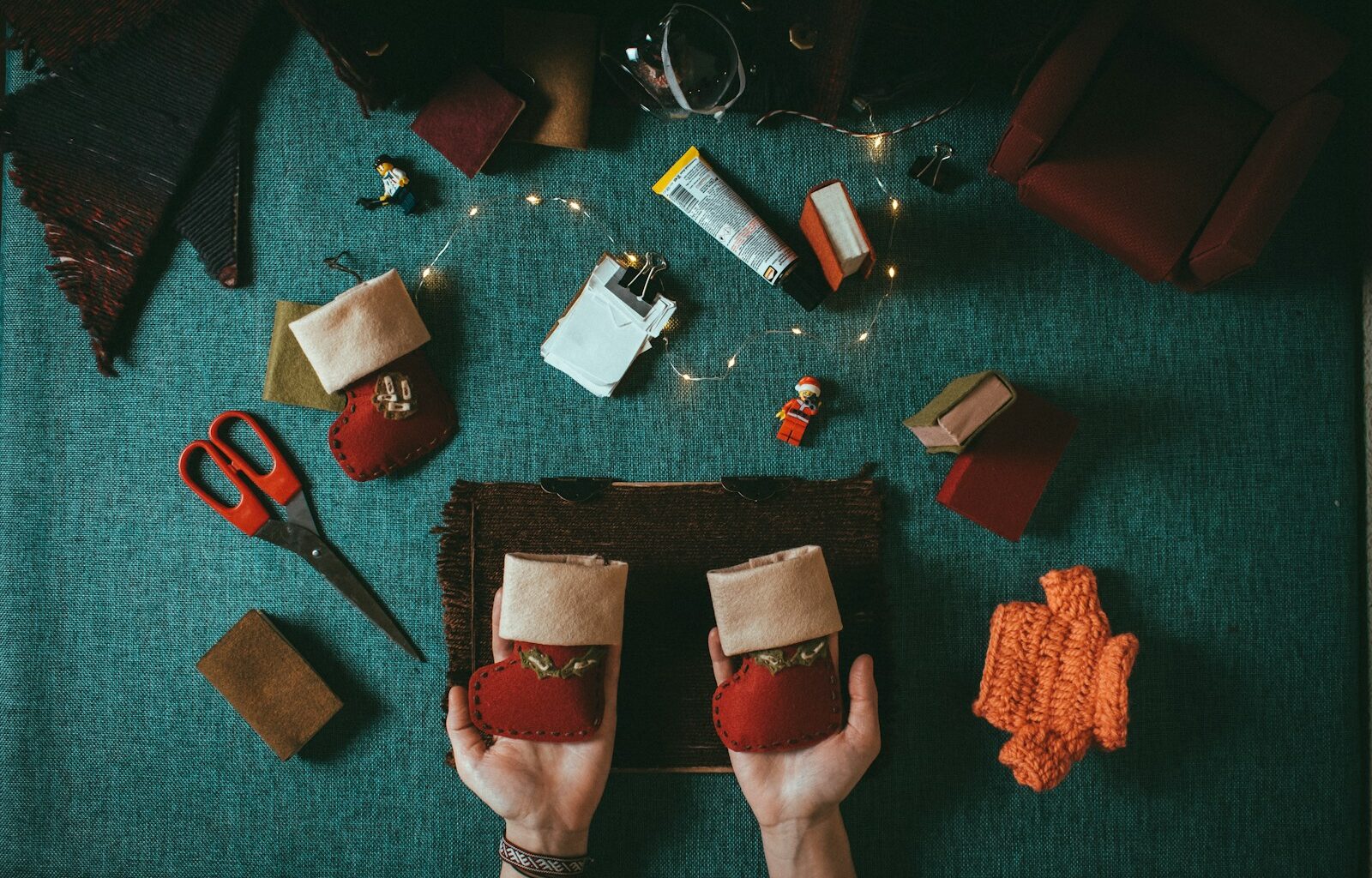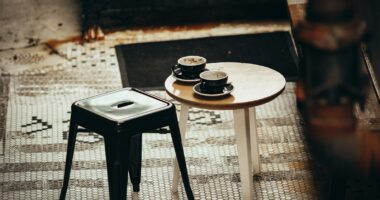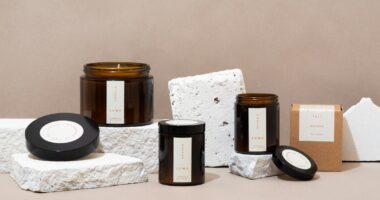Handmade gifts create lasting emotional connections and demonstrate care through time investment, but only when they match recipients’ actual needs and preferences.
Gift-giving research shows that recipients keep handmade items 85% longer than mass-produced gifts when they’re well-made, personally relevant, and genuinely useful, making thoughtful planning essential for creating treasured rather than discarded presents.
1. Understanding Recipient Preferences and Needs
1.1 Lifestyle Assessment and Practical Needs
Observe recipients’ daily routines, hobbies, and challenges to identify gifts that solve real problems or enhance activities they already enjoy. Practical handmade items integrate seamlessly into existing lifestyles while demonstrating genuine attention to their needs and preferences.
1.2 Aesthetic Preferences and Style Analysis
Notice recipients’ home decor, clothing choices, and color preferences to create gifts that match their established aesthetic rather than imposing your personal style. Matching existing preferences ensures gifts complement rather than clash with recipients’ carefully curated environments.
1.3 Quality Standards and Durability Expectations
Consider recipients’ quality expectations and usage patterns to create gifts that meet their durability standards while demonstrating craftsmanship worthy of long-term appreciation. High-quality handmade items often exceed commercial alternatives in longevity and satisfaction.
1.4 Personal Meaning and Emotional Connection
Incorporate elements that reference shared memories, inside jokes, or meaningful experiences that create emotional resonance beyond mere functionality. Personal connections transform practical items into cherished keepsakes with irreplaceable sentimental value.
2. Skill-Appropriate Project Selection
2.1 Honest Ability Assessment and Project Matching
Choose projects that match your current skill level while allowing room for growth without risking failure on important gifts. Successful execution demonstrates care and competence while building confidence for future challenging projects.
2.2 Time Management and Realistic Scheduling
Allow adequate time for learning new techniques, making mistakes, and achieving quality results without rushing through critical steps. Quality handmade gifts require patient craftsmanship that cannot be achieved under time pressure or deadline stress.
2.3 Material Quality and Investment Priorities
Invest in quality materials that ensure durability and attractive appearance while staying within reasonable budgets for your relationship and occasion. Premium materials often cost less than replacing failed projects while demonstrating genuine care.
2.4 Practice Projects and Skill Development
Complete practice versions using inexpensive materials to perfect techniques and identify potential problems before creating final gifts. Practice prevents disappointment while building skills and confidence for creating impressive finished products.
3. Functional and Practical Gift Categories
3.1 Kitchen and Cooking Accessories
Create custom cutting boards, spice blends, infused oils, or personalized recipe collections that enhance cooking experiences while reflecting recipients’ culinary interests. Kitchen gifts provide daily use opportunities while demonstrating understanding of their cooking preferences.
3.2 Organization and Storage Solutions
Design custom storage boxes, organizers, or systems that address specific organization challenges in recipients’ homes or workspaces. Functional organization gifts improve daily life while showcasing problem-solving thoughtfulness and practical design skills.
3.3 Personal Care and Wellness Items
Craft natural soaps, body scrubs, essential oil blends, or aromatherapy products using quality ingredients and personalized scents. Wellness gifts demonstrate care for recipients’ health while providing luxury experiences at fraction of commercial costs.
3.4 Home Comfort and Ambient Improvements
Create custom pillows, blankets, candles, or decorative items that enhance living spaces while matching recipients’ aesthetic preferences. Comfort items provide daily enjoyment while adding personal touches to familiar environments.
4. Personalization and Customization Techniques
4.1 Monogramming and Name Integration
Add recipients’ names, initials, or meaningful dates using embroidery, engraving, or other appropriate techniques that create unique personalization. Name integration transforms generic items into custom pieces that cannot be replicated commercially.
4.2 Color Coordination and Theme Matching
Select colors and themes that complement recipients’ existing possessions, favorite colors, or established collections. Thoughtful coordination demonstrates attention to their preferences while ensuring gifts integrate beautifully into their lives.
4.3 Memory Integration and Shared Experiences
Incorporate elements that reference shared experiences, travels, or meaningful moments that create emotional significance beyond functional value. Memory integration creates irreplaceable sentimental value that transforms practical items into treasured keepsakes.
4.4 Interest and Hobby Alignment
Design gifts that support recipients’ hobbies, interests, or passions through specialized tools, accessories, or related items. Interest alignment demonstrates understanding of what matters to them while enhancing activities they already enjoy.
5. Quality Construction and Professional Finishing
5.1 Attention to Detail and Finishing Standards
Focus on clean edges, smooth surfaces, secure attachments, and consistent quality throughout all aspects of construction. Professional finishing distinguishes handmade excellence from amateur projects while ensuring lasting satisfaction and durability.
5.2 Hardware and Component Quality
Use quality hardware, fasteners, and components that ensure longevity and proper function while maintaining attractive appearance over time. Quality components prevent premature failure while demonstrating commitment to creating lasting gifts.
5.3 Testing and Quality Assurance
Test functionality, durability, and safety before presenting gifts to ensure they perform as intended without embarrassing failures. Quality testing prevents disappointment while building confidence in your craftsmanship and attention to detail.
5.4 Care Instructions and Maintenance Guidance
Provide clear care instructions that help recipients maintain and preserve handmade gifts while extending their useful life. Maintenance guidance demonstrates continued care while helping recipients protect their investment in your thoughtful work.
6. Presentation and Gift Packaging
6.1 Professional Presentation Standards
Package gifts attractively using quality materials, consistent aesthetics, and thoughtful presentation that reflects the care invested in creation. Professional presentation elevates perceived value while demonstrating respect for recipients and occasions.
6.2 Sustainable Packaging Options
Use eco-friendly packaging materials that align with environmental values while creating attractive, reusable presentation options. Sustainable packaging demonstrates thoughtfulness while supporting environmental responsibility and practical reuse.
6.3 Explanation and Context Providing
Include cards or notes that explain inspiration, materials used, or care instructions while sharing the story behind your creative choices. Context enhances appreciation while helping recipients understand the thought and effort invested.
6.4 Timing and Occasion Appropriateness
Present gifts at appropriate moments when recipients can fully appreciate them without distractions or competing priorities. Timing affects reception while ensuring adequate attention to acknowledge your thoughtful creation efforts.
7. Long-Term Value and Relationship Building
7.1 Durability and Lasting Quality
Create gifts designed to last years or decades through quality materials, proper construction, and timeless design choices. Durable gifts provide lasting reminders of your relationship while demonstrating commitment to their long-term satisfaction.
7.2 Repair and Maintenance Support
Offer to maintain, repair, or update handmade gifts as needed while building ongoing connections through continued care. Maintenance support extends gift life while creating opportunities for continued relationship building.
7.3 Skill Sharing and Teaching Opportunities
Share techniques, patterns, or knowledge with interested recipients who want to learn similar skills while building connections through shared creative interests. Skill sharing extends gift value while creating ongoing collaboration opportunities.
7.4 Evolution and Improvement Cycles
Learn from recipient feedback and your own experience to improve future handmade gifts while developing expertise and reputation for thoughtful, quality creations. Continuous improvement builds skills while strengthening relationships through demonstrated care.
Conclusion
Creating handmade gifts that people actually keep requires understanding recipients’ needs, matching projects to your skills, focusing on quality construction, and providing thoughtful personalization that creates emotional connections.
The most successful handmade gifts solve real problems, match aesthetic preferences, and demonstrate genuine understanding of what recipients value in their daily lives. Start with simple, practical projects for people whose preferences you understand well, then gradually attempt more complex creations as your skills and confidence develop.
Quality handmade gifts create lasting memories and strengthen relationships while developing your creative abilities and bringing joy through thoughtful, personalized craftsmanship that commercial products cannot match.












